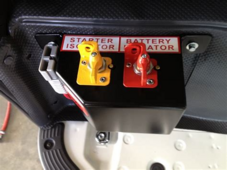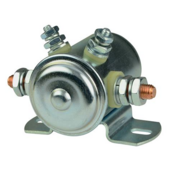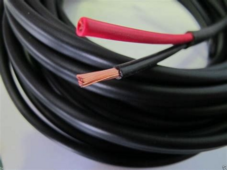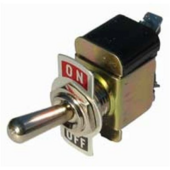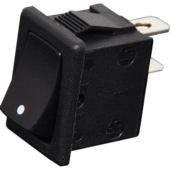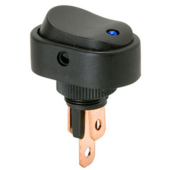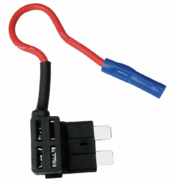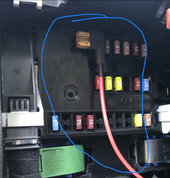1. How or moreso where to install starter battery disconnect? I know the process generally of how from doing leisure battery electrics though with installing a starter battery disconnect I am not sure where you fix it since there is no circuit board under the hood that I could see like with leisure ones? So where would you fix it down? Also is it possible to route it so that you can have the disconnect hidden inside the van cab or living area somewhere rather than under the hood?
I think that would be better than having to fiddle under the hood when wanting to leave the vehicle somewhere and just more practical. So two queries; if fixed under the hood where would it go? If fixed in the van itself how to wire it back out to starter batt and would it be bad it terms of long wires and resistance? I suppose you would have to run the positive all the way into the van and then back out again. Also due to the thickness of the wire required it might cost a bit to run it back and out again?
2. How to disable the van's alarm system, or rather better, could a switch be added, again inside the van to turn it on and off as I pleased, maybe in the same hidden place as the starter battery disconnect perhaps in a locked box? I am living in the van and on more than one occasion the alarm decided to go off, once in the middle of the night when I am turning in bed. Not only is it a nuisance for me but also has been really embarrassing when I am trying to stealth camp and the alarm is suddenly blaring.
I have already put tape over the sensors in the front and I think what is a sensor in the back I have covered over with insulation so I guess it was from moving the suspension or something. So can I make it so I could switch it on only when I want it on? Are these alarms much of a deterrent these days anyway? I have no idea of thieves' habits. If it is no longer worth much then disable completely would be ok with me. If it still has some value as a deterrent I would like to know how to switch it only when I want it on, namely when not at the vehicle, rather than when I am inside.
I think that would be better than having to fiddle under the hood when wanting to leave the vehicle somewhere and just more practical. So two queries; if fixed under the hood where would it go? If fixed in the van itself how to wire it back out to starter batt and would it be bad it terms of long wires and resistance? I suppose you would have to run the positive all the way into the van and then back out again. Also due to the thickness of the wire required it might cost a bit to run it back and out again?
2. How to disable the van's alarm system, or rather better, could a switch be added, again inside the van to turn it on and off as I pleased, maybe in the same hidden place as the starter battery disconnect perhaps in a locked box? I am living in the van and on more than one occasion the alarm decided to go off, once in the middle of the night when I am turning in bed. Not only is it a nuisance for me but also has been really embarrassing when I am trying to stealth camp and the alarm is suddenly blaring.
I have already put tape over the sensors in the front and I think what is a sensor in the back I have covered over with insulation so I guess it was from moving the suspension or something. So can I make it so I could switch it on only when I want it on? Are these alarms much of a deterrent these days anyway? I have no idea of thieves' habits. If it is no longer worth much then disable completely would be ok with me. If it still has some value as a deterrent I would like to know how to switch it only when I want it on, namely when not at the vehicle, rather than when I am inside.



